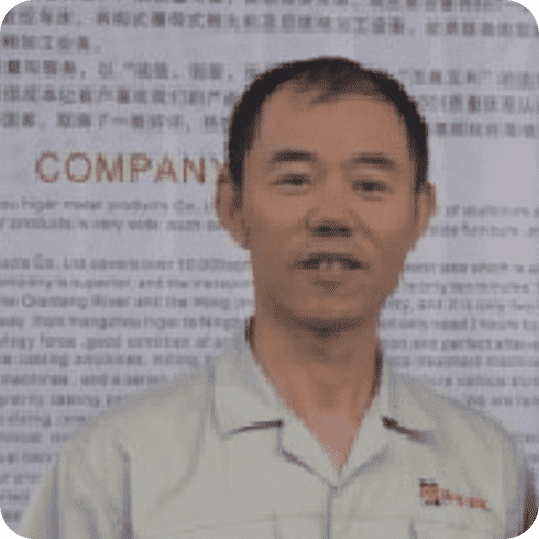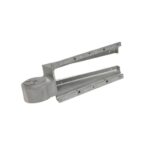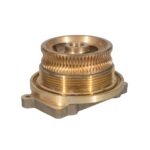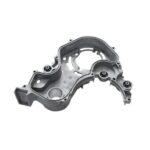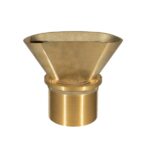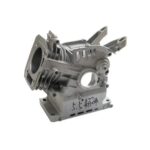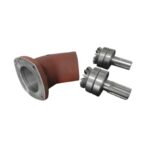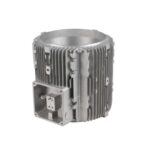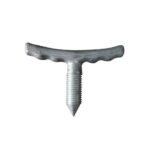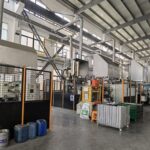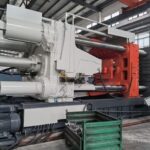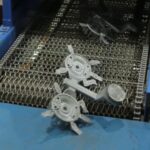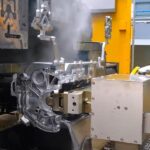Introduction to CNC Machining Techniques
CNC (Computer Numerical Control) machining encompasses various processes, including drilling and tapping, each vital for precision manufacturing. This article provides a comprehensive understanding of these techniques.
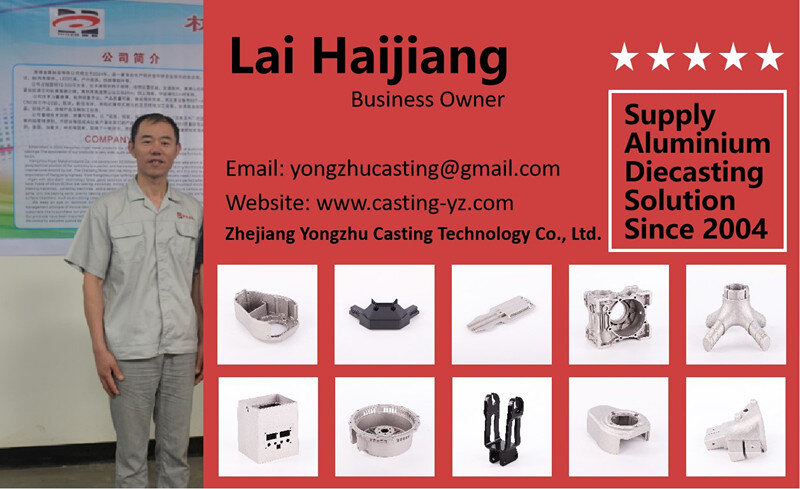
Hi, I’m Lai Haijiang, owner of Yongzhu Die Casting since 2004. Passionate about aluminum die-casting? Let’s chat! We craft custom aluminum parts for various industries and offer both manufacturing and wholesale services. Interested in being our overseas agent? Drop me an email with your ideas, and I’ll get back to you swiftly!
Understanding CNC Drilling
Definition: CNC drilling involves creating circular holes in a workpiece using a rotating cutting tool.
Key Aspects:
- Accuracy: Ensures precise hole diameters and depths.
- Versatility: Suitable for a range of materials.
- Speed: Efficient for high-volume production.
Exploring CNC Tapping
Definition: Tapping in CNC machining is the process of cutting internal threads in pre-drilled holes.
Key Aspects:
- Precision: Creates uniform, accurately sized threads.
- Compatibility: Suitable for various thread types and sizes.
- Efficiency: Streamlines the production of threaded components.
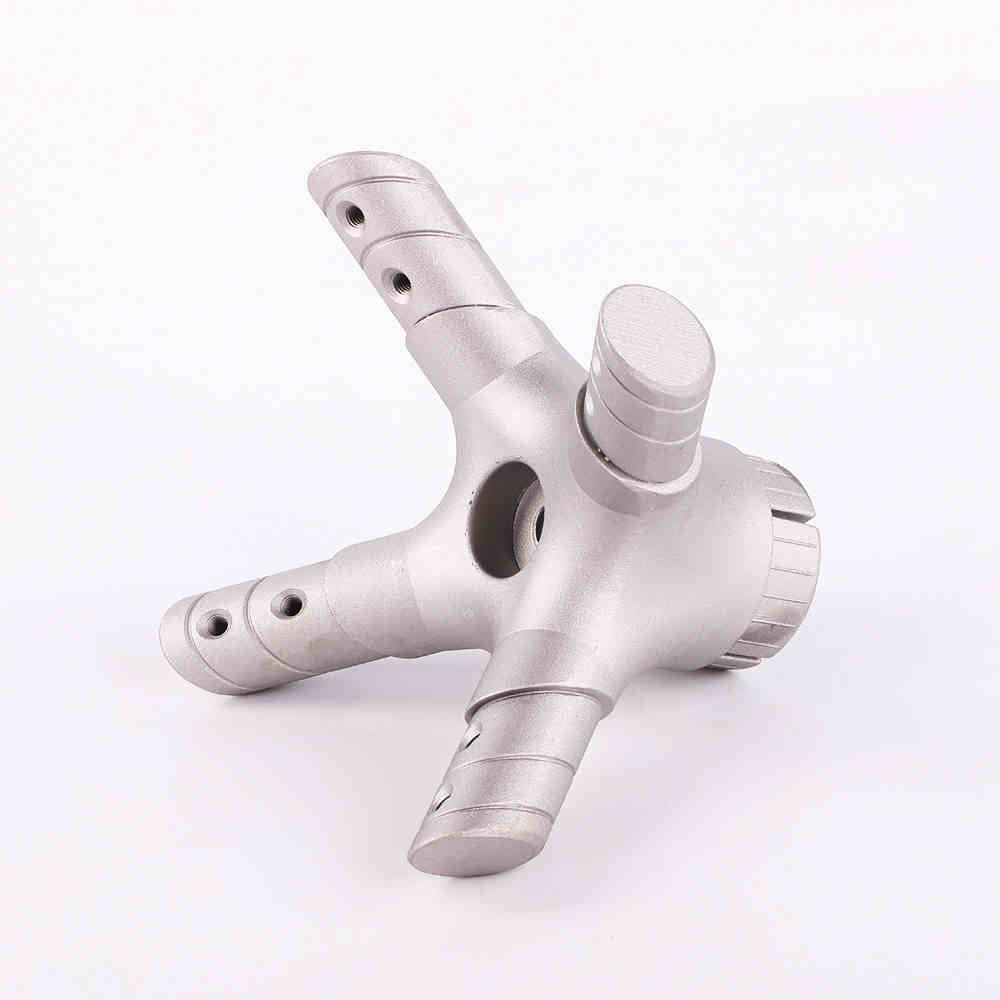
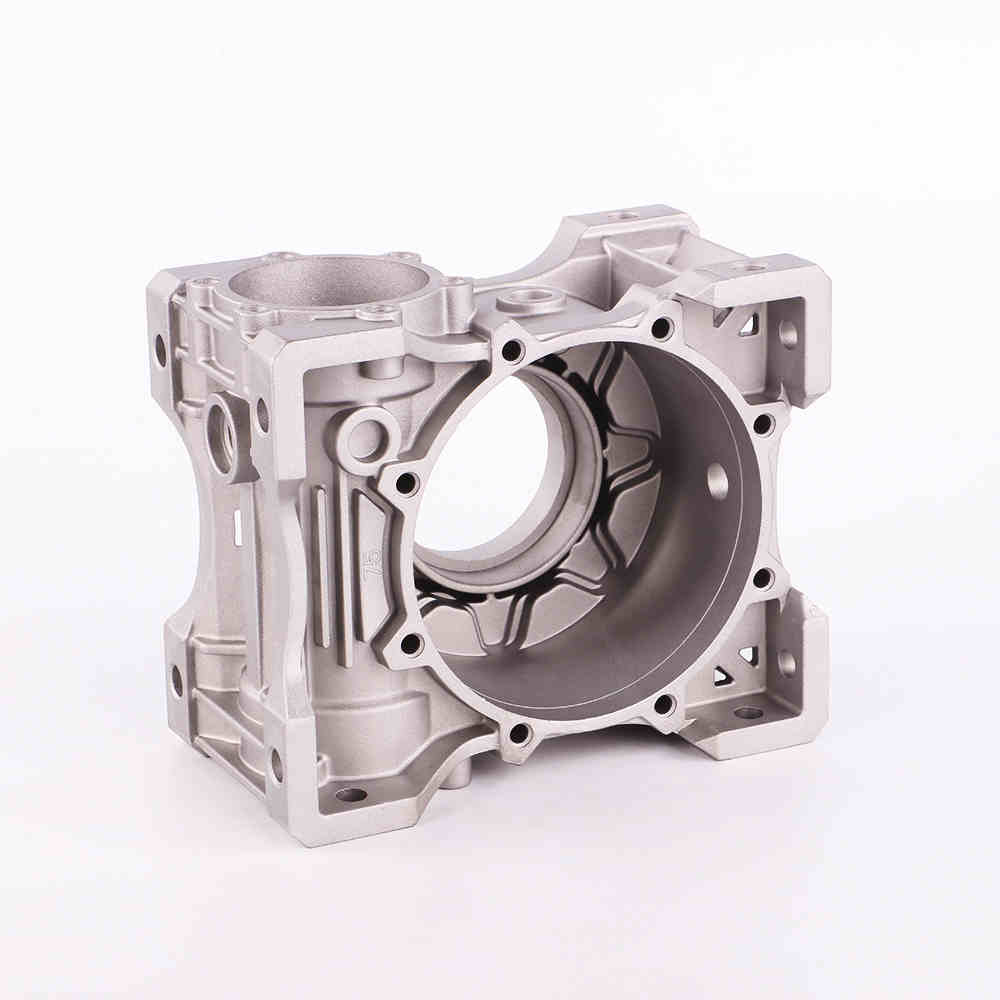
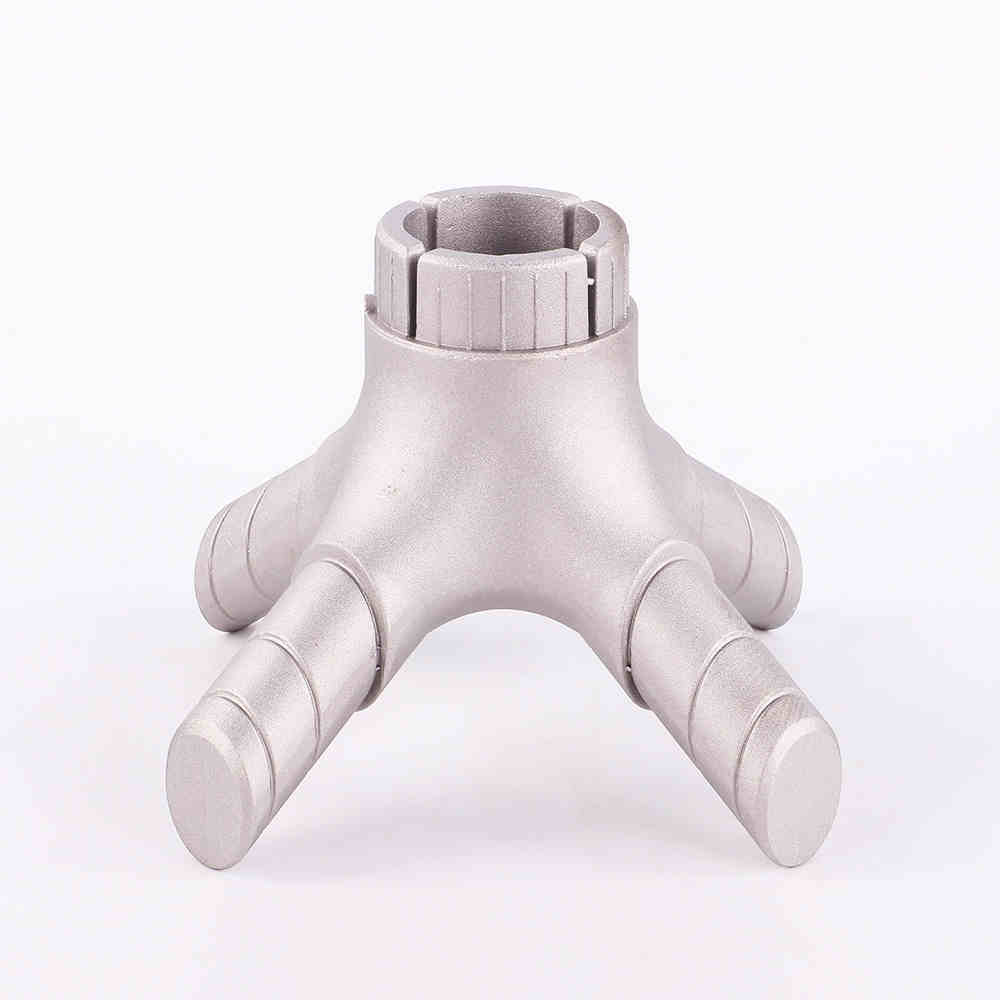
The Importance of Drilling and Tapping in CNC Machining
These processes are crucial in many applications, such as creating components with threaded holes for fastening in automotive, aerospace, and machinery.
Advanced Techniques and Tools
Advancements in CNC technology have led to more efficient and precise drilling and tapping methods, utilizing specialized tools and software.
Conclusion
Drilling and tapping are integral parts of CNC machining, offering precision and efficiency. Understanding these processes is essential for producing high-quality machined parts with threaded features.
Drop me an email with your ideas, and I’ll get back to you swiftly!

